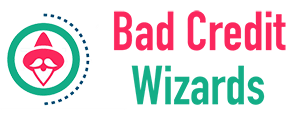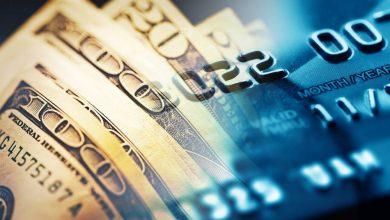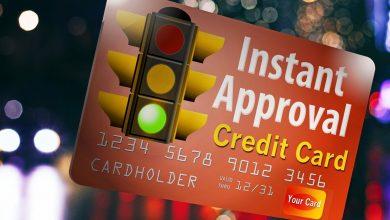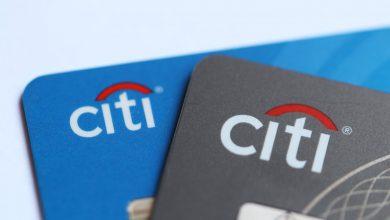The Paycheck Protection Program? Who Qualifies, When Did it Expire and Will Another Program Similar be Approved?
COVID-19: SBA Paycheck Protection Program
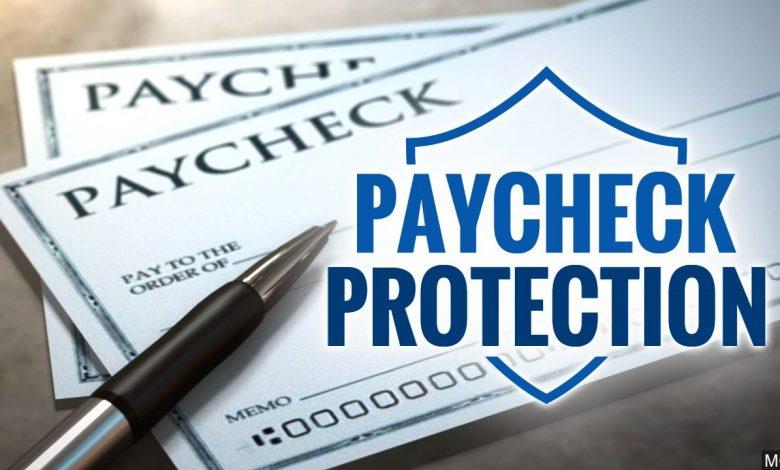
Data Source: SBA – Federal Small Business Agency
The CARES Act includes $350 billion for federally guaranteed loans for small businesses, the self-employed and independent contractors affected by the COVID-19 crisis. These loans can be forgiven if the proceeds are spent on payroll, benefits, mortgage interest, rent, and utilities. The SBA has issued interim rules for both employer and self-employed companies that answer many questions about determining eligibility and other components of these programs.
Flexibility Act of the Paycheck Protection Program
On June 4, Congress passed the Paycheck Protection Program Flexibility Act of 2020, which has a significant impact on the loan forgiveness aspect of the program.
Key changes to the program include:
- The forgiveness period is now 24 weeks (originally 8 weeks)
- The minimum amount that must be spent on payroll is now 60% (originally it was 75%). This means you can spend up to 40% on non-payroll costs such as rent, utilities, and mortgage interest (1% interest on the amount remaining after discharge).
- The loan maturity is now 5 years (originally it was 2 years). NOTE: Only for those new borrowers applying for the loan after the law is enacted.
- The deferral period has been extended so that no payments are required until forgiveness of the loan has been determined.
- Deadline to rehire employees: 12/31/2020
- Reducing employees to pre-pandemic levels will not affect forgiveness if:
- You are unable to hire a former employee
- Is able to demonstrate an inability to rehire employees who are equally qualified
- Demonstrates inability to return to the same level of commercial activity as before 02/15/2020
Who is Eligible?
- Small employers with 500 or fewer employees
- Other business concerns that meet current Federal Small Business Agency size standards;
- Sole proprietors, freelancers and contractors;
- Certain nonprofits, including 501 (c) (3) and veteran 501 © (19) organizations, and tribal businesses with fewer than 500 employees.
- Businesses in the lodging and food service industries may apply and may apply by location if they have 500 or fewer employees per location.
Who is making these loans?
SBA guarantees these loans, but the loans will be made by SBA-approved lenders who participate in the SBA 7 (a) program. You can find approved local lenders here. You should also contact your current financial institution; Many banks and credit unions are SBA approved lenders. A sample SBA form is available at this LINK HERE. Some banks may ask you to fill out their version of the form online.
How can I qualify?
Lenders will ask you to certify that: You’ll use the loan to keep workers on your payroll or make mortgage, rent, and utility payments. You do not have a pending loan application that will be used for the same purposes, or you do not receive a duplicate loan between February 15, 2020 and December 31, 2020. The current economic uncertainty makes the loan necessary to maintain operations and to pay employees.
SBA is waiving some typical requirements for 7 (a) loans:
- No personal guarantees or collateral will be required.
- You will not have to certify that I have tried and failed to raise capital elsewhere.
- How much can I borrow?
SBA Has a Breakdown
There are a few different ways to calculate, depending on how long you’ve had your business, whether your business is seasonal, and other factors. The maximum loan amount, regardless, is $ 10 million. The amount is linked to your payroll expenses, which are defined in the following two questions:
- If your business was in operation in 2019: Your maximum loan is equal to 250 percent of your average monthly payroll costs in the last year. For example, if your average monthly payroll amount in the last 12 months was $ 100,000, your maximum loan amount is $ 250,000.
- If your company employs temporary workers: You can calculate your average monthly payroll for the period from February 15, 2019 to June 30, 2019 or from March 1, 2019 to June 30, 2019.
- If your business was not in operation in 2019: Your loan is equal to 250 percent of your average monthly payroll costs between January 1, 2020 and February 29, 2020.
- For self-employed persons and contractors: the sum of payments of any compensation or income of a sole proprietor or independent contractor that is a salary, commission, income, net earnings from self-employment or similar compensation, and that is in an amount that does not exceed $ 100,000 in a year, prorated for the covered year.
What Payroll Costs are Taken into Account in Determining the Loan Amount?
- Compensation (salary, commission, or similar compensation, payment of tip or equivalent)
- Payment for vacation, parental, family, medical or sick leave.
- Dismissal or separation allowance
- Paying group health care benefits, including insurance premiums
- Payment for any retirement benefits
- Payment of state or local taxes on employee compensation
- What payroll costs are excluded in determining the loan amount?
Employee / owner compensation of more than $100,000 (compensation of up to $100,000 will be included in the calculation for high-income individuals). Taxes required or withheld under chapters 21, 22, and 24 of the IRS code. Compensation of employees whose primary place of residence is outside the United States. Qualified family and sick leave for which a credit is allowed under sections 7001 and 7003 of the Families First Coronavirus Response Act.
Do Independent Contractors Count as Employees for the Purpose of PPP Loan Calculations?
According to the latest SBA guidance: “No, independent contractors have the ability to apply for a PPP loan on their own so they do not count towards the borrower’s PPP loan calculation.”
What can I use the loan for?
- Approved Payroll Costs (as described above) NOTE: 75% of loan proceeds must go to payroll costs to be forgiven.
- Interest payments on any mortgage obligation (not including any prepayment or principal payment on a mortgage obligation)
- Rent (including rent under a lease)
- Public services
- Interest on debt obligations incurred before February 15, 2020
How much of the loan can be forgiven?
You will owe money when your loan is due if you use the loan for anything other than payroll costs, mortgage interest, rent, and utility payments within 8 weeks of borrowing. No more than 25% of the forgiven amount can be used for non-payroll expenses. You will also owe money if you do not maintain your staff and your payroll. NOTE: SBA is still issuing more guidance on calculating forgiveness.
Previous guidance has stated:
- Number of employees: Your loan forgiveness will be reduced if the number of full-time employees decreases.
- Payroll Level: Your loan continuation will also be reduced if you lower wages and salaries by more than 25% for any employee who earned less than $ 100,000 annualized in 2019.
- Hiring: You have until June 30, 2020 to reset your full-time employment and salary levels for any changes made between February 15 and April 26, 2020.
What are the terms of the loan?
For any amount not forgiven:
- Term: 2 years
- Interest rate: 1 percent
- Zero loan fees
- Zero prepaid rate
- Deferred payments for the first six months (interest still accrues)
What if I am a self-employed or independent contractor?
You will need to submit documents to prove your income, including payroll tax returns, 1099 Forms, income, and expenses.
Can I apply for an Economic Disaster Tort Loan (EIDL) and a loan from the Check Payment Protection Program?
If your EIDL loan was not used for payroll charges, this does not affect your eligibility to apply for a PPP loan. If your EIDL loan was used for payroll costs, your PPP loan must be used to refinance your EIDL loan. Proceeds from any advance of up to $ 10,000 on the EIDL loan will be deducted from the forgiveness amount of the PPP loan.
